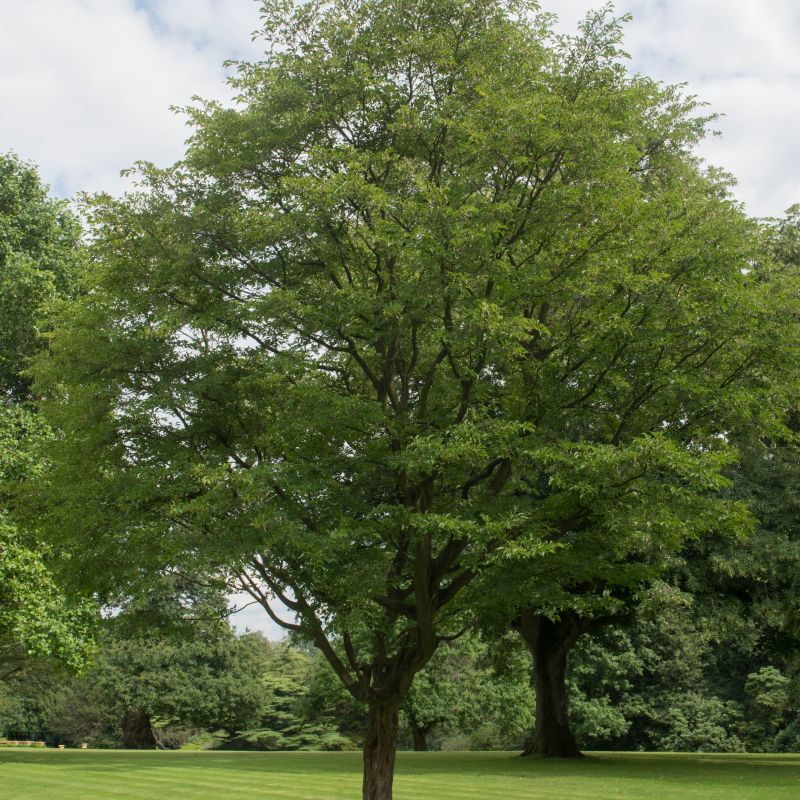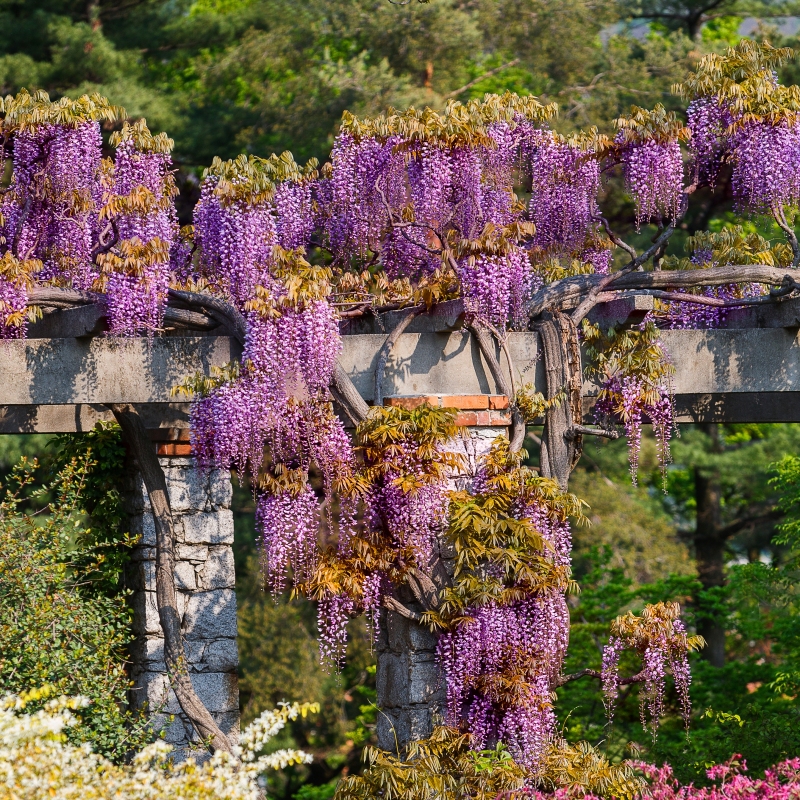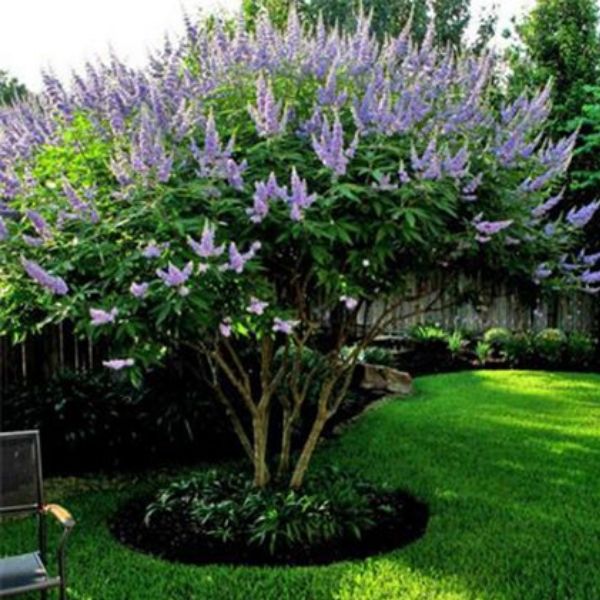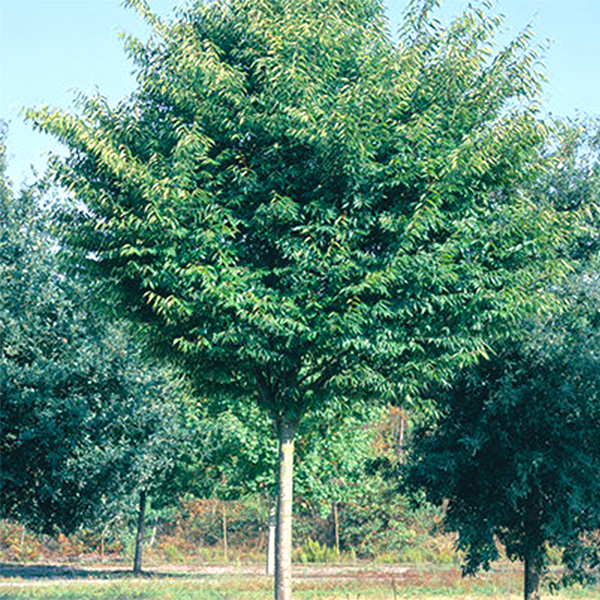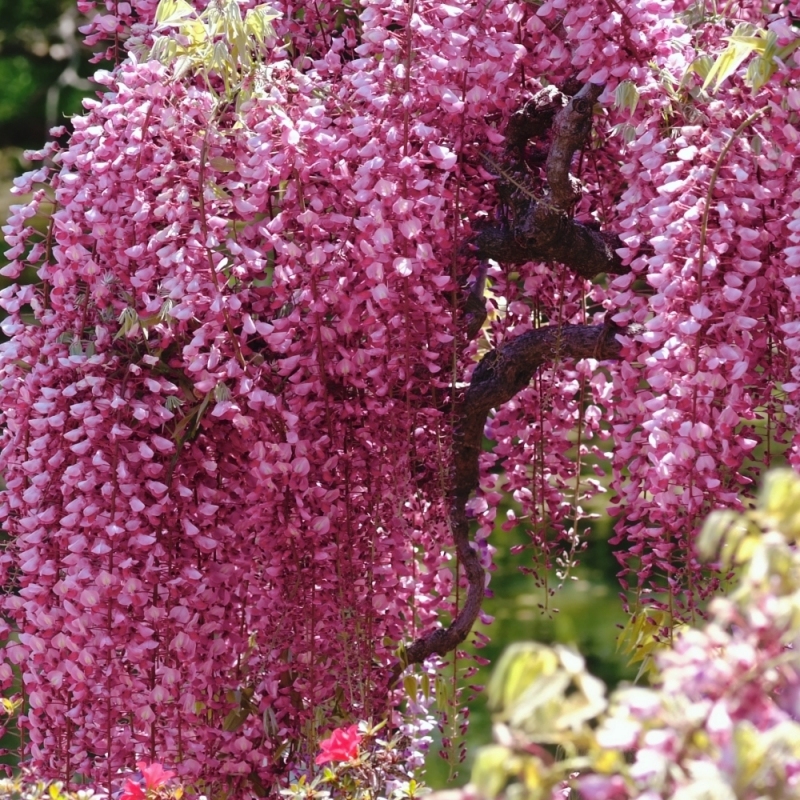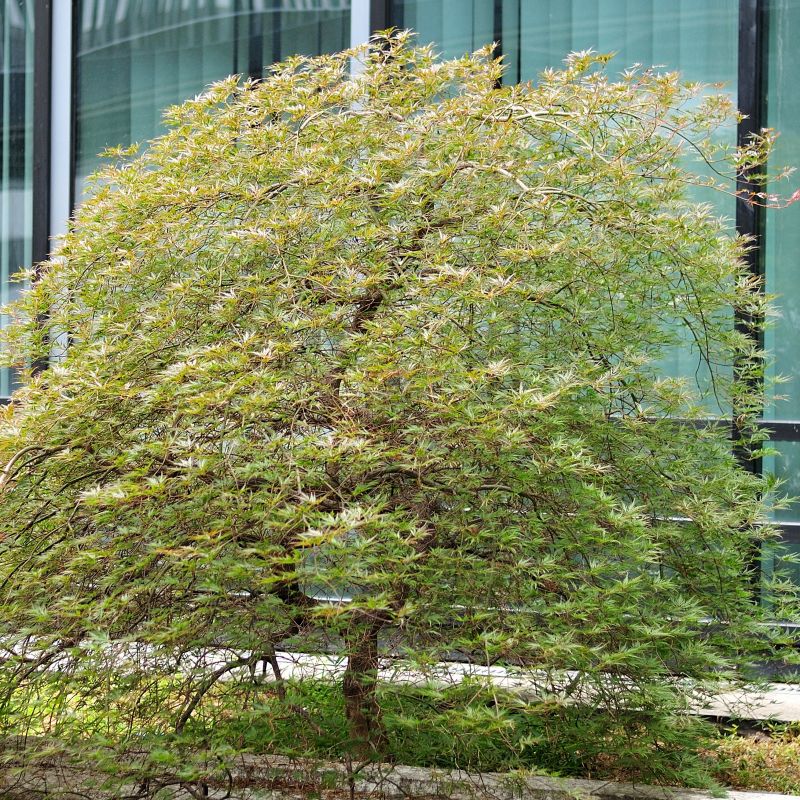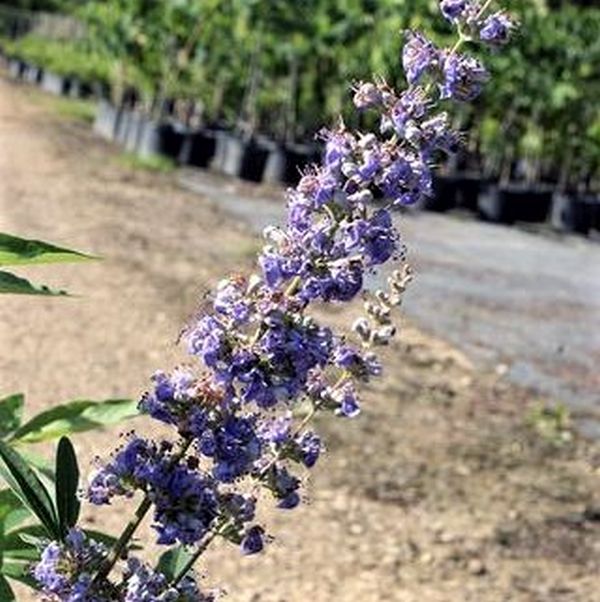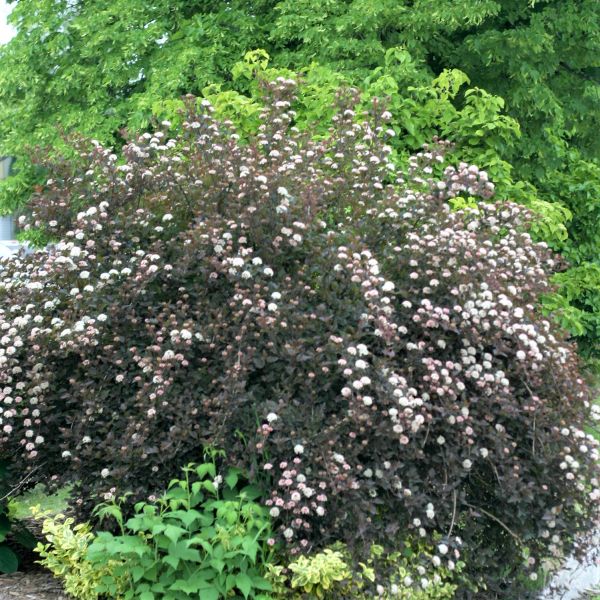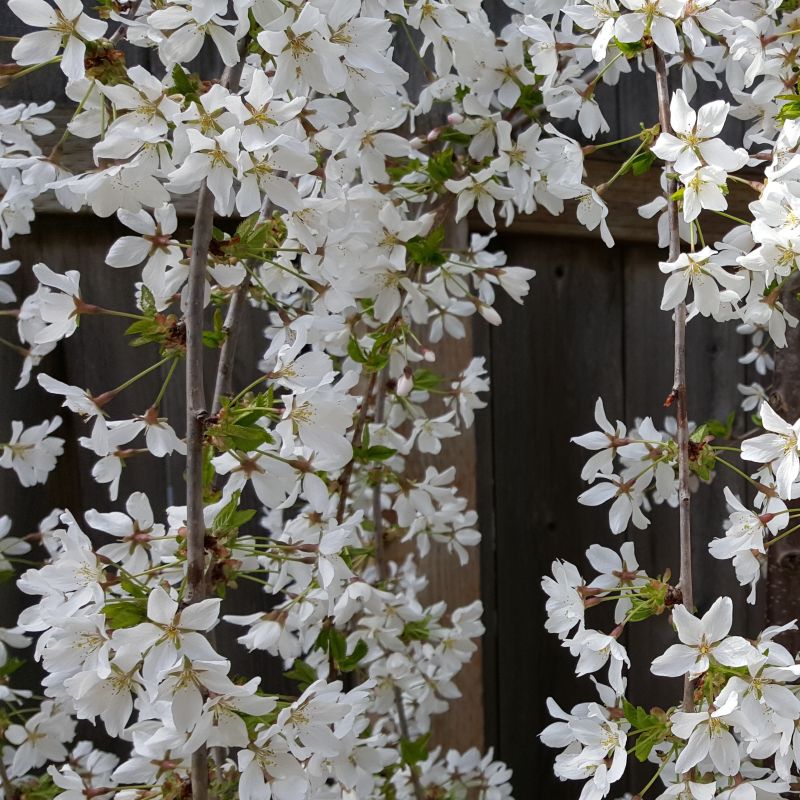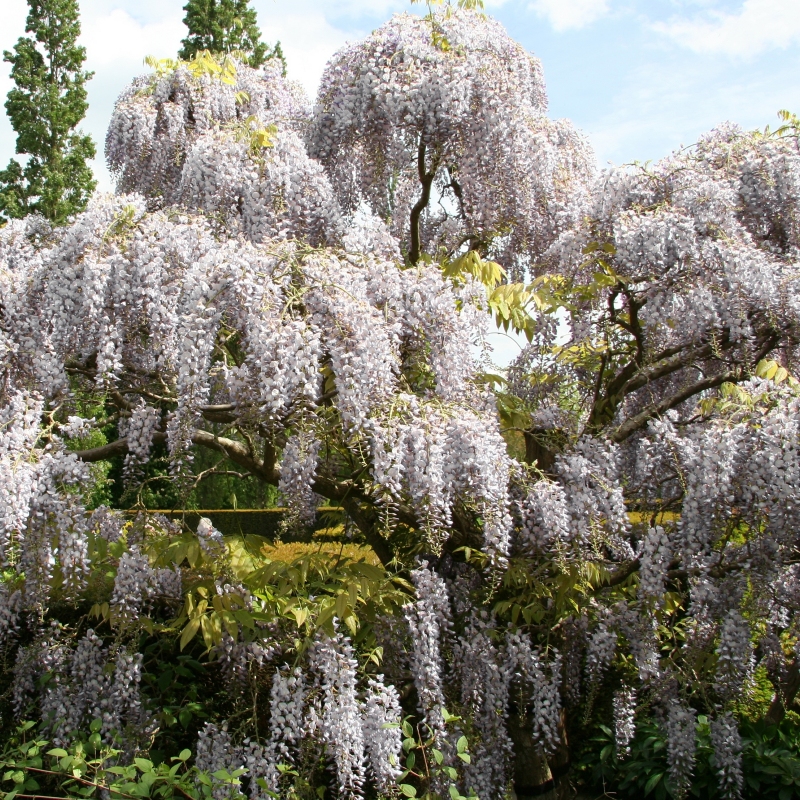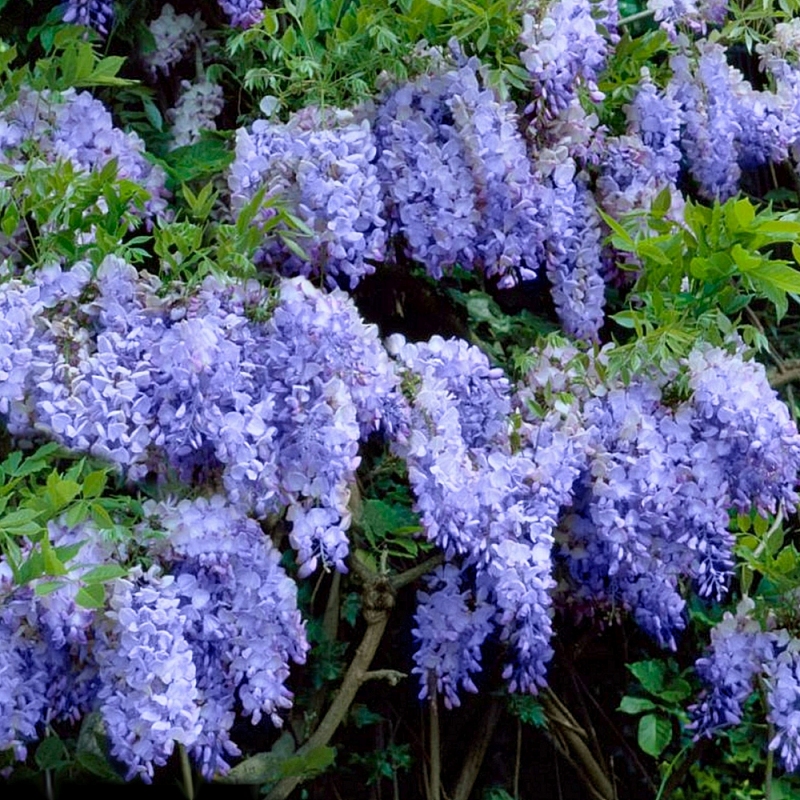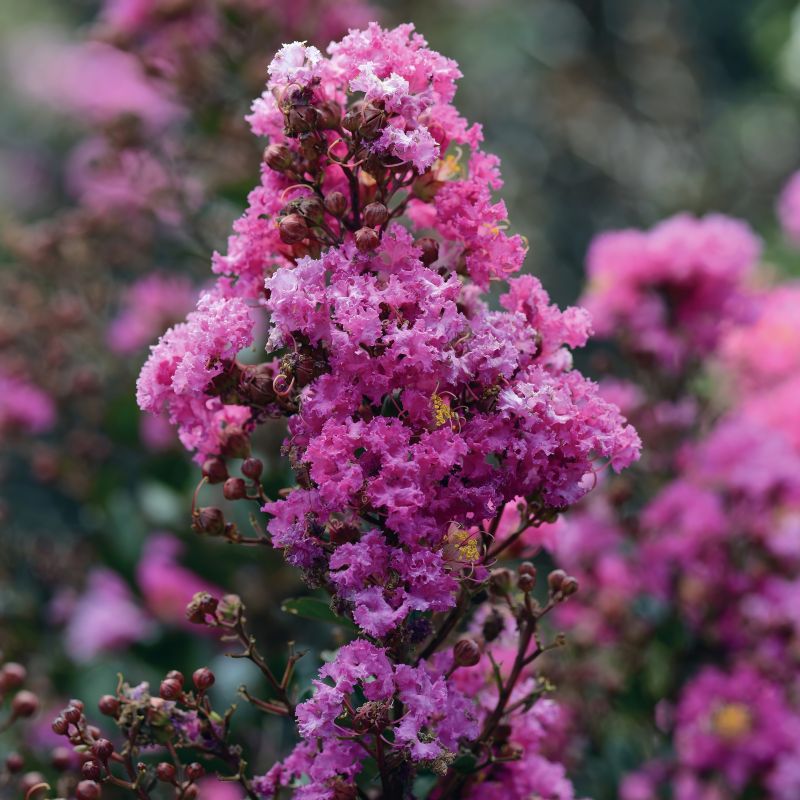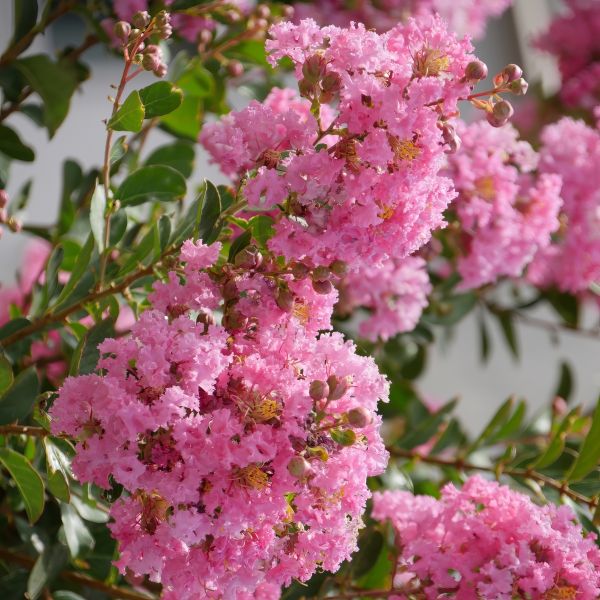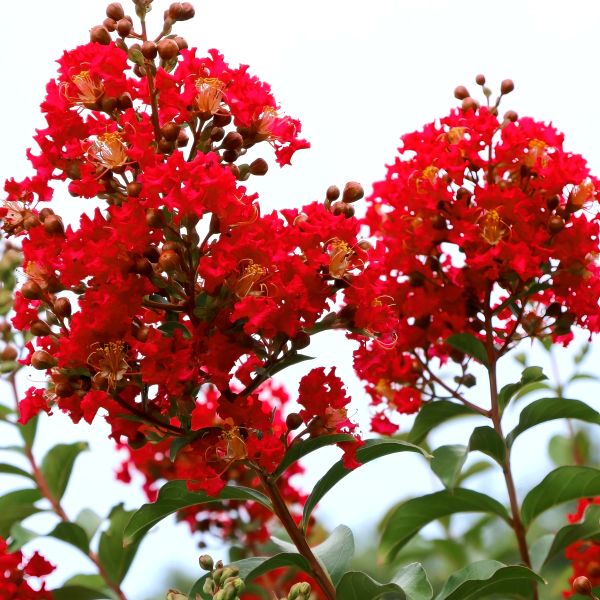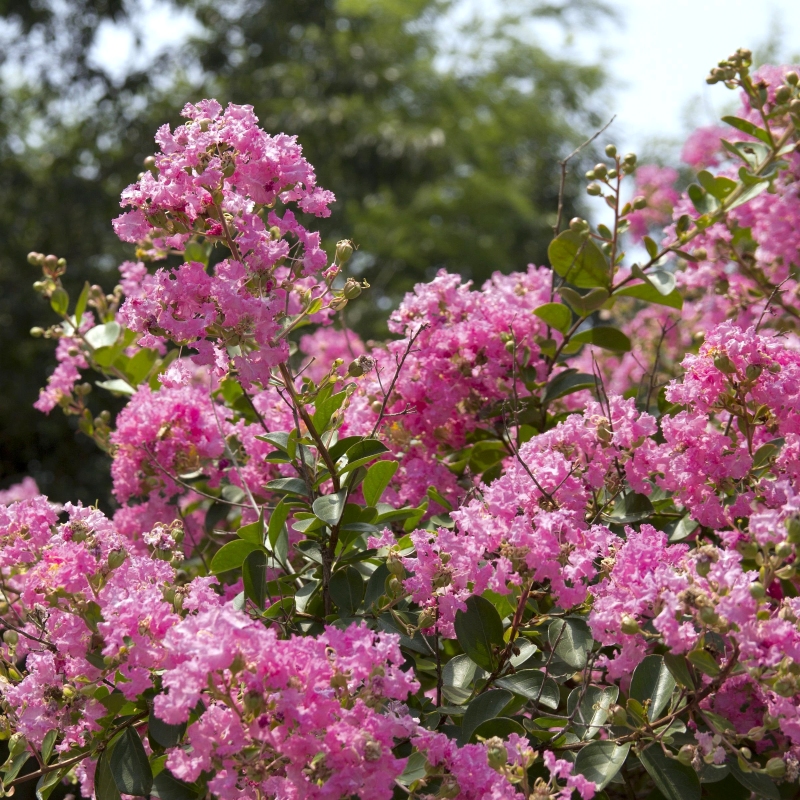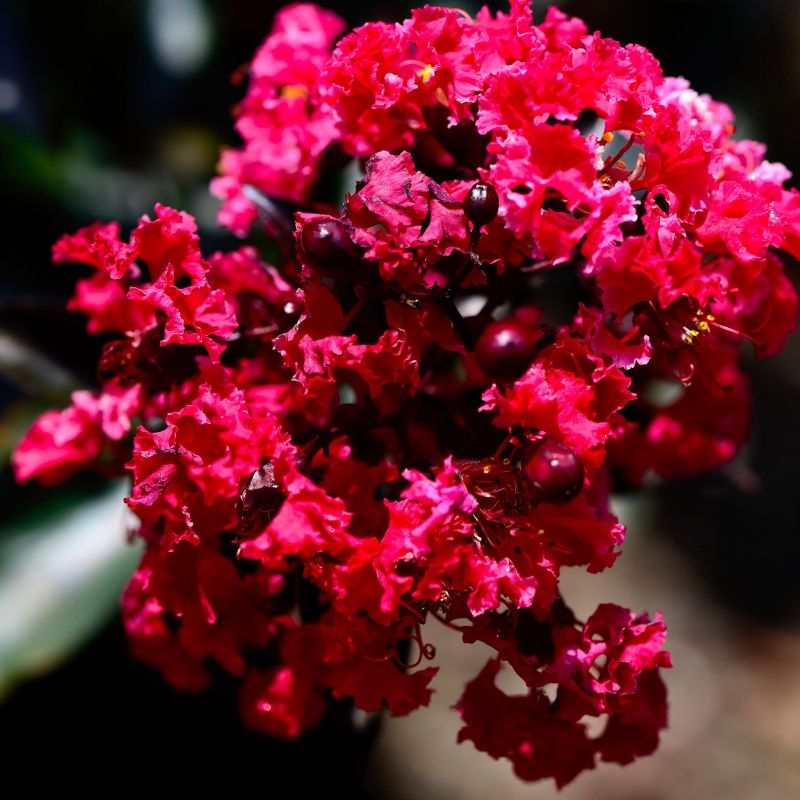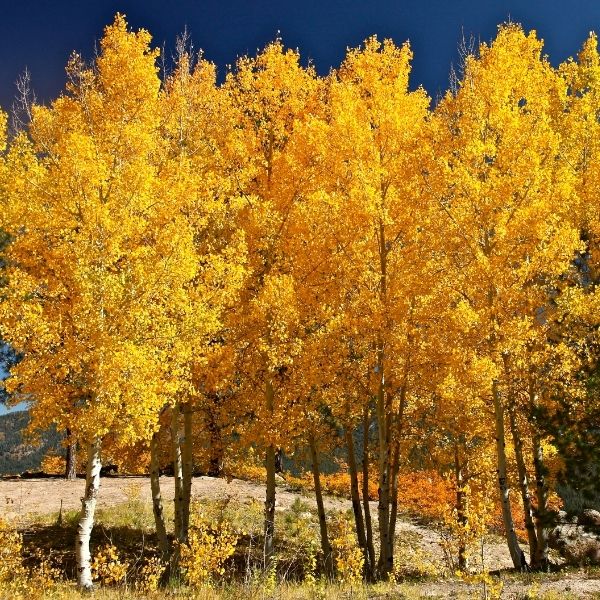
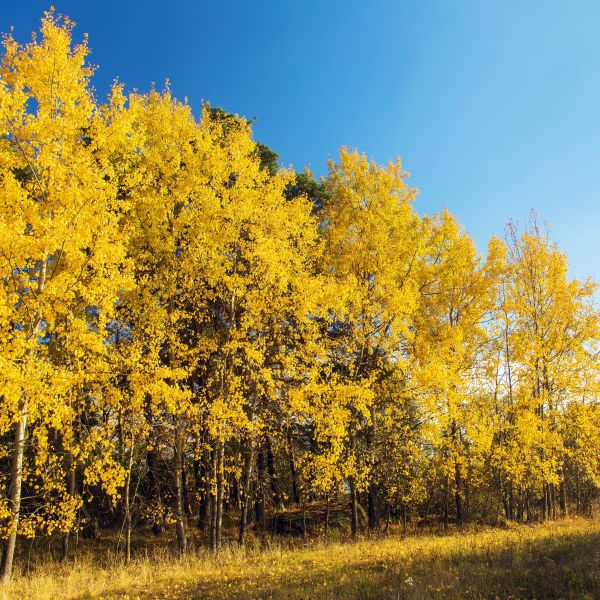
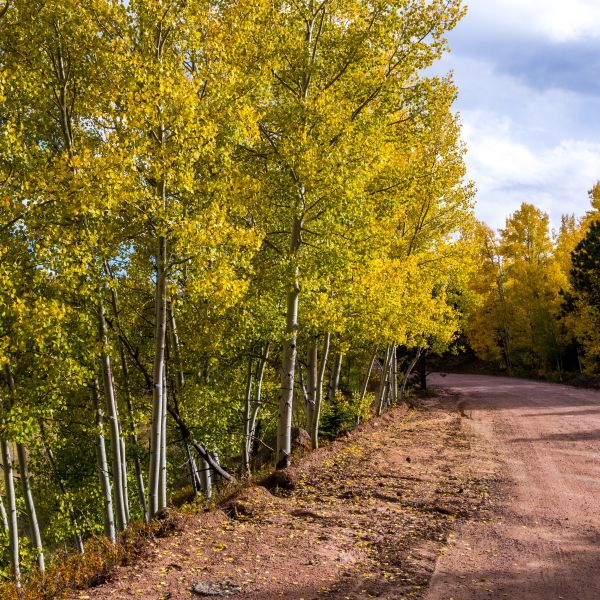
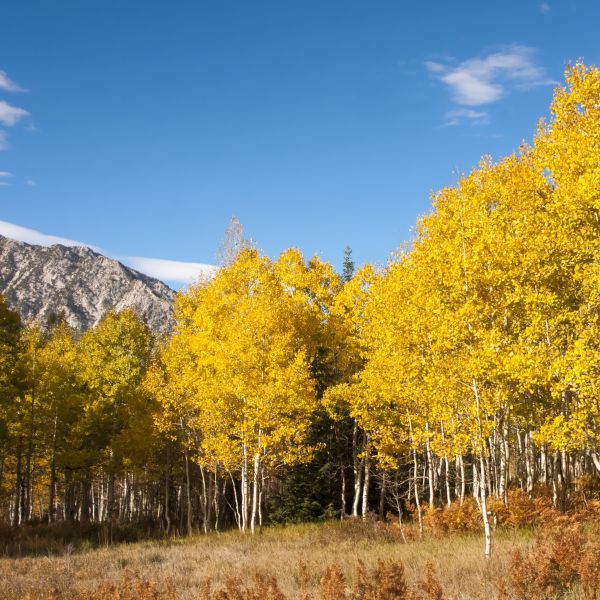
Quaking Aspen Tree
Populus tremuloides 'Quaking'
14 reviews
Quaking Aspen Tree
Populus tremuloides 'Quaking'
14 reviews
- Fast-growing, can reach up to 2 feet per year
- Beautiful golden-yellow fall foliage
- Tolerant of various soil types and climates
- Recommended by landscape designers for optimal fit in real yards
$128.00
$183.00
30% Off
- Ships to 43215 in 3 to 7 days
- Free Shipping Over $150
- Plant Arrival Guarantee
- In Stock
- Free Plant Consult
$200 - Landscape-Approved: Every Plant We Sell Comes With Design Expertise Behind It
- 2.5 Gallon 4-5 feet Single Stem
- 3.5 Gallon Multi Trunk
Not just beautiful - intentionally selected by ShrubHub's 3D landscape design team to fit real-world spaces and maximize yard potential.
Why Quaking Aspen Tree?
The Quaking Aspen Tree, also known as Populus tremuloides 'Quaking', gets its name from the way its leaves flutter and tremble in the wind, creating a distinctive rustling sound. These trees are found throughout North America and are known for their beautiful golden fall foliage. They also have a complex root system that allows them to survive wildfires and regenerate quickly, making them an important part of many ecosystems.
People who loved this plant also bought
Sunlight
Quaking Aspen Trees require full sun for optimal growth and development. They thrive in open areas with ample sunlight and do not tolerate shade or partial shade conditions well.
Watering
Quaking Aspen trees require consistent and regular watering during their growing season, particularly in hot and dry climates. They prefer moist soil and should be watered deeply, ensuring the roots are well hydrated.
Fertilizing
Quaking Aspen trees require a well-balanced fertilizer with a nitrogen-phosphorus-potassium (NPK) ratio of 10-10-10 or similar. Apply in early spring before the leaves emerge, and avoid excessive fertilization as it can lead to weak growth or disease susce
The Graceful and Gorgeous Quaking Aspen Tree
Are you searching for a tree that embodies the spirit of nature and adds a touch of elegance to your landscape? The enchanting Quaking Aspen Tree is a true marvel of the outdoors, bringing joy and tranquility to any garden.
The Quaking Aspen Tree is known for its distinctive growth habit and striking visual appeal. Standing tall with its slender, white-trunked form, it adds a touch of grace and charm to any setting.
At maturity, this tree reaches heights of 30 to 50 feet, creating a captivating vertical accent that complements both large open spaces and smaller gardens.
Plant it in full sun or partial shade, and watch it thrive in well-drained soil, transforming your outdoor sanctuary into a peaceful retreat.
But what truly sets the Quaking Aspen Tree apart are its delicate, heart-shaped leaves that flutter and dance in the slightest breeze. These quivering leaves create a mesmerizing effect, giving the tree its name and adding a sense of movement and liveliness to your garden.
Maintaining the Quaking Aspen Tree is an ideal choice for both experienced gardeners and beginners. It is relatively low maintenance, requiring regular watering during dry spells and occasional pruning to maintain its graceful form.
Its adaptability allows it to thrive in a variety of climates, including cold and mountainous regions, making it a versatile and reliable addition to your garden.
By planting the Quaking Aspen Tree, you also contribute to the preservation of biodiversity and create a thriving ecosystem in your backyard.
Now is the perfect time to bring the beauty and serenity of the Quaking Aspen Tree to your garden.
Purchase this remarkable tree and witness the transformation of your outdoor space into a haven of natural wonder.
With its unique
Plant Information:
| Botanical Name: | Populus tremuloides 'Quaking' |
| USDA Zones: | 2 - 6 |
| Exposure: | Full Sun |
| Soil Needs: | Widely Adaptable |
| Mature Height: | 40 - 50 feet |
| Mature Spread: | 20 - 30 feet |






Pollination Info
Pollination Information for Quaking Aspen Tree (Populus tremuloides 'Quaking')
The Quaking Aspen Tree (Populus tremuloides 'Quaking') is a deciduous tree that is native to North America. This tree is dioecious, which means that it has male and female flowers on separate trees. The male tree produces catkins while the female tree produces small greenish-yellow flowers that bloom in late spring or early summer.
The Quaking Aspen tree is pollinated by wind, as the male catkins release large amounts of pollen that is dispersed by the wind to the female flowers on the neighboring female trees. The female trees then develop small capsules that contain the seeds for the reproduction of the Quaking Aspen tree.
The Quaking Aspen tree is an important tree for wildlife, providing food and shelter for moose, deer, elk, and beaver. The tree is also important for the environment, as it helps to stabilize soil and prevent erosion.
The Quaking Aspen tree requires full sunlight and well-drained soils for optimal growth and survival. It is a relatively fast-growing tree, reaching up to 60 feet tall at maturity, and can live up to 150 years. This tree is commonly used in landscaping and restoration projects due to its beauty and ecological benefits.
FAQ
Quaking Aspen Tree (Populus tremuloides 'Quaking') FAQ
General Information
What is a Quaking Aspen Tree?
A Quaking Aspen tree is a deciduous tree native to North America. It is characterized by its smooth white bark, slender trunk, and fluttering leaves that tremble in the slightest breeze.
How tall does a Quaking Aspen Tree grow?
A Quaking Aspen tree can grow up to 50-70 feet tall.
What is the lifespan of a Quaking Aspen Tree?
A Quaking Aspen tree can live up to 150 years or more in some cases.
Care and Maintenance
How do you plant a Quaking Aspen Tree?
Plant a Quaking Aspen tree in a location with full to partial sun and well-drained soil. Dig a hole twice as wide and slightly deeper than the root ball, place the tree into the hole, and backfill with soil. Water thoroughly and mulch around the base of the tree.
How often should you water a Quaking Aspen Tree?
A Quaking Aspen tree requires regular watering, especially during its first few years of growth. Water deeply once or twice a week during dry periods.
When should you prune a Quaking Aspen Tree?
Prune a Quaking Aspen tree in late winter or early spring before new growth begins. Remove any dead, damaged, or diseased branches and thin out the canopy to improve air circulation.
How do you prevent diseases and pests in a Quaking Aspen Tree?
Keep the tree healthy by watering properly, fertilizing as needed, and pruning regularly. Monitor for pests and diseases, and treat promptly if necessary. Common problems include leaf spot, cankers, and aphids.
Uses and Benefits
What are the uses of Quaking Aspen Trees?
Quaking Aspen trees are often used in landscaping for their ornamental value, especially in natural or rustic settings. They can also be used as a source of lumber, paper, and other wood products.
What are the environmental benefits of Quaking Aspen Trees?
Quaking Aspen trees are important for wildlife habitats, providing food and shelter for a range of animals. They are also a valuable component of forest ecosystems, playing a role in nutrient cycling and soil stabilization.
Planting & Care
Planting & Care for Quaking Aspen Tree (Populus tremuloides 'Quaking')
Planting
- Choose a planting location with full sun to partial shade
- Ensure the soil is well-draining
- Dig a hole twice as wide as the root ball and just as deep
- Place the tree in the hole and backfill with the soil, gently packing it down
- Water thoroughly
- Mulch around the base of the tree to retain moisture and control weeds
Care
- Water deeply once a week, especially during the first year of growth
- Fertilize with a balanced fertilizer in early spring or late fall
- Prune in late winter or early spring to remove damaged or diseased branches
- Protect the tree from sunscald by wrapping the trunk with a tree guard or light-colored wrapping in winter
- Watch for and control pests and diseases such as aphids, borers, and leaf spot
Quaking Aspen trees are fast-growing and may require regular pruning to maintain their shape and size. They can also be prone to suckering, which means new growth will sprout from the roots and can develop into multiple trees if not controlled. However, with proper care and maintenance, Quaking Aspen trees can provide beautiful fall color and a unique trembling effect in the wind.
Check Out These Verified Customer Reviews:
Customer Reviews
4.7 out of 5 based on 14 reviews
Thank you! Your review has been submitted.
I recently ordered a Quaking Aspen Tree from this site and was impressed by the quality of the product. The tree was healthy and had a great root system. The website was easy to navigate, and the shipping was fast. Would highly recommend.
The Quaking Aspen Tree arrived in great condition, very healthy and beautiful.
Fast shipping experience
Item has been added to your cart.



